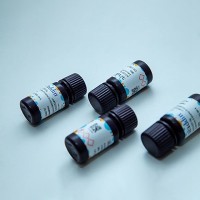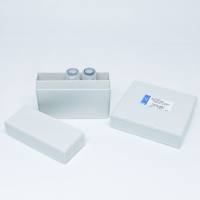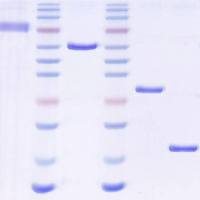Predictive Binding Geometry of Ligands to DNA Minor Groove: Isohelicity and Hydrogen-Bonding Pattern
互联网
568
The interaction of drugs and dyes with nucleic acids, particularly when binding to DNA minor groove occurs, has increasing importance in biomedical sciences. This is due to the resulting biological activity and to the possibility of recognizing AT and GC base pairs. In such cases, DNA binding can be predicted if appropriate helical and hydrogen-bonding parameters are deduced from DNA models, and a simplified geometrical rule in the form of a stencil is then applied on computer-drawn molecules of interest. Relevant structure parameter values for minor groove binders are the length (4.6 < L < 5.4 �) and angle (152 < σ < 156.5�) between three consecutive units, measured at the level of hydrogen donor or acceptor groups. Application of the stencil shows that predictive methods can aid in the design of new compounds, by checking the possible binding of isohelical sequence-specific ligands along the DNA minor groove.









